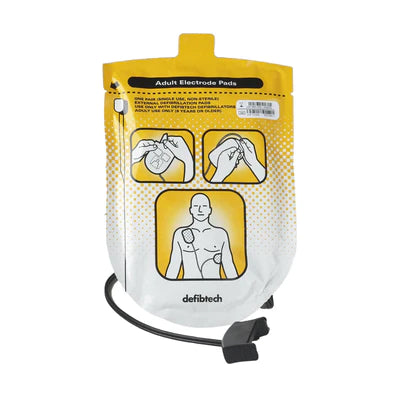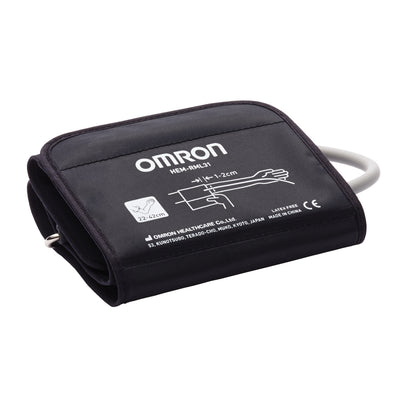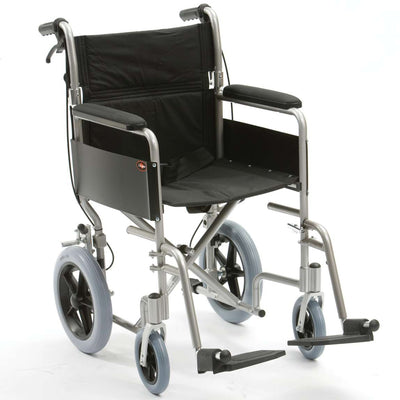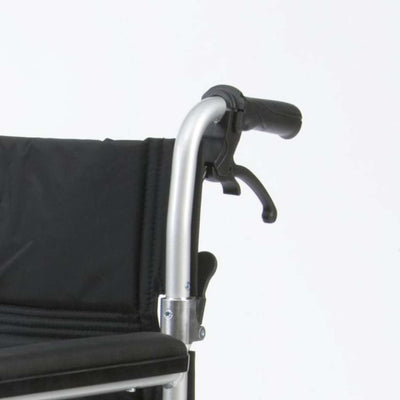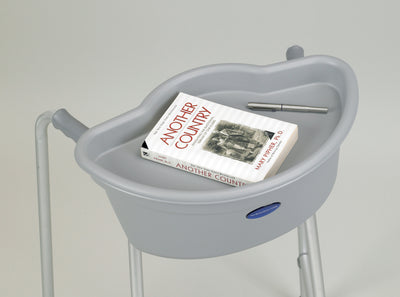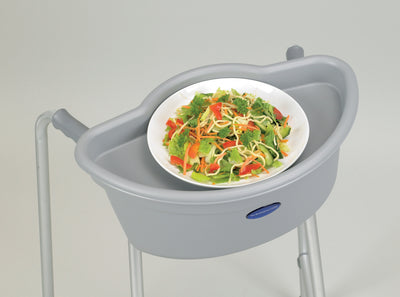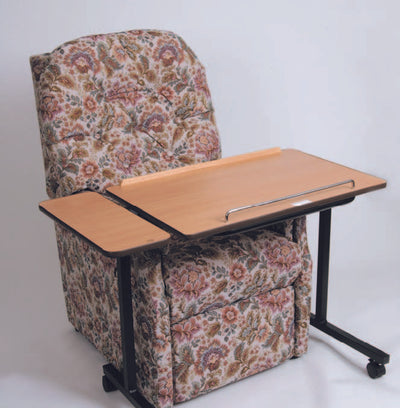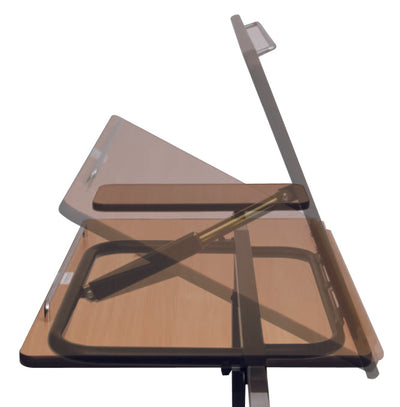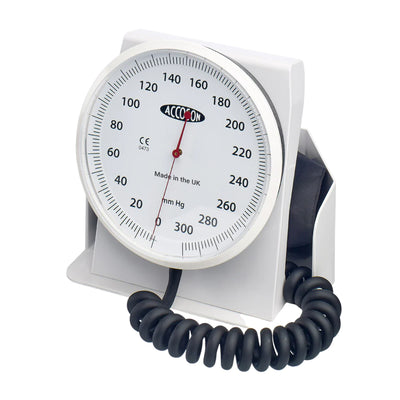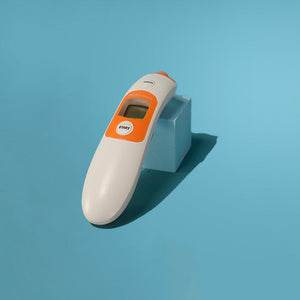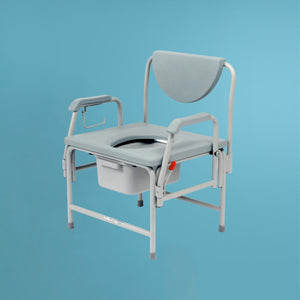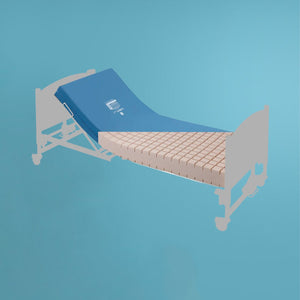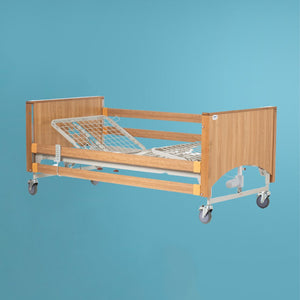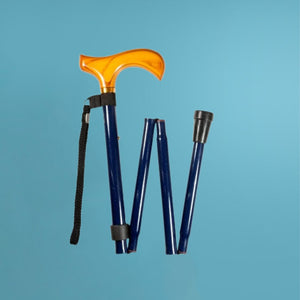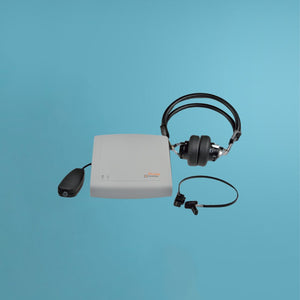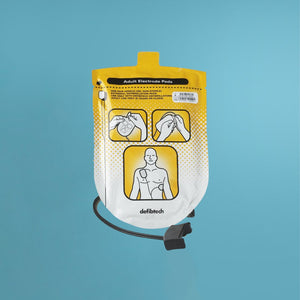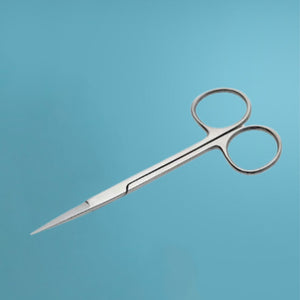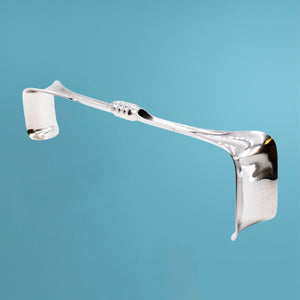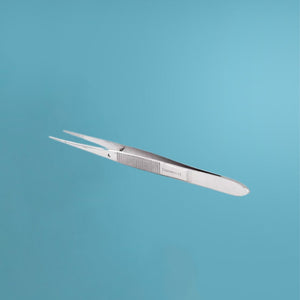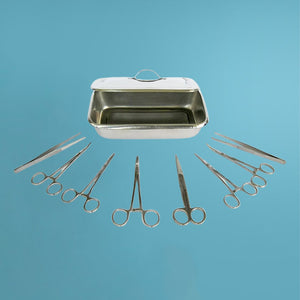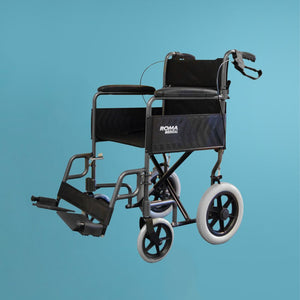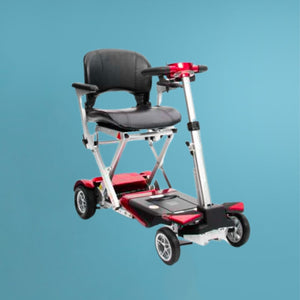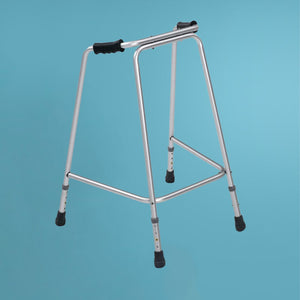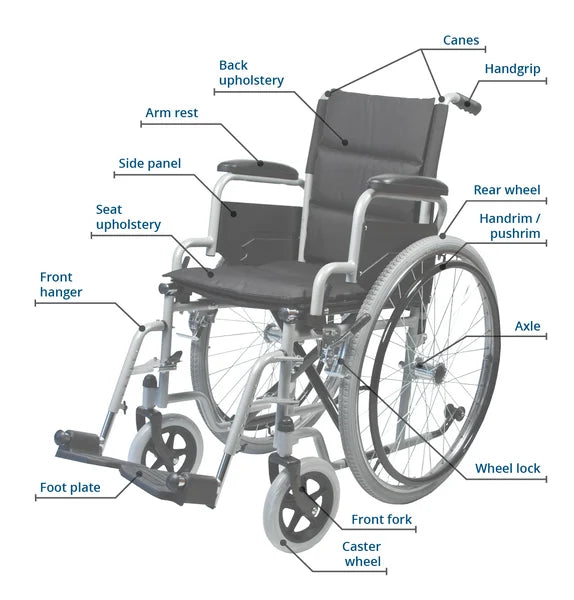Components of a Wheelchair
Wheelchair users should follow the manufacturer’s maintenance instructions to ensure their chair performs properly and is safe for use.
Understanding the various components of a wheelchair is essential in order to ensure its peak performance.
The main components of a wheelchair include:
Frame: The frame of the wheelchair serves as an integral piece that binds all its other parts together. There are lightweight or standard wheelchairs, and they are often made from aluminium, steel, or titanium.
Wheels: The wheels of a wheelchair are equipped with two distinct kinds of wheels. Front caster wheels, located at the front, effortlessly turn corners. In contrast, rear drive wheels provide thrust to propel the chair forward as well as bring it to a halt when necessary.
Seat: The seat of a wheelchair must be comfortable and accommodating for its user. Wheelchairs often feature adjustable backrests and seat heights to allow for posture and personalized fit and support.
Armrests and footrests: The armrests provide offer extra support and stability. Wheelchairs often feature armrests and footrests that are adjustable and or removable.
Brakes and wheel locks: Wheelchair brakes are another critical component that provides control of the chair’s motion. Wheel locks on the rear wheels enable the user to lock the chair in place when needed and prevent it from rolling away.
Control system: While traditional wheelchairs require manual propulsion, powered wheelchairs typically feature a control system that enables the chair to move. Wheelchair controls may be joystick-operated, where the user has control of the wheelchair.
Common Wheelchair Issues
Here are some common wheelchair issues and how to spot and prevent them:
Flat or worn-out wheels: Regularly check for tire pressure and tread wear. Replace or pump them up as needed, and invest in quality tires to reduce the frequency of these issues.
Squeaky or grinding wheels: This usually indicates a need for either cleaning or lubrication. Keep those wheels turning smoothly by conducting regular maintenance checks and addressing any dirt or debris build-up.
Brake problems: Wheelchairs often experience brake problems, such as braking too hard or not engaging. Ensure the brakes are correctly adjusted, lubricated, and clean.
Damaged frames: Regular use, wear and tear, as well as accidents, can cause a wheelchair's frame to become impaired, diminishing the stability and protection of the wheelchair user.
Loose parts: Loose bolts, screws, or misaligned components can result in a compromised chair and its mobility capabilities. Regularly check for loose parts, and tighten or replace them as needed.
Wheelchair maintenance includes regular cleaning, inspection, lubrication of parts, adjusting brakes, and tightening or replacing loose or worn-out components.
Following your manufacturer's guidelines for specific maintenance procedures and frequency is essential. Each type of wheelchair may have its recommendations, but generally, thorough cleaning and inspection should be done every few months to a year.


